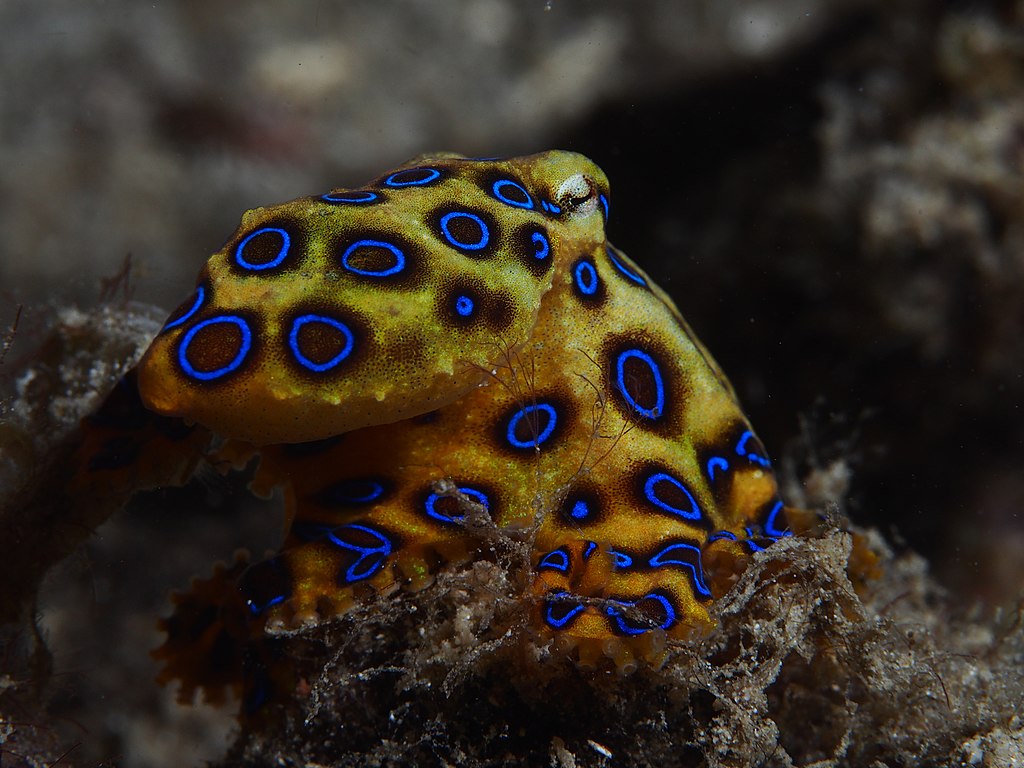Colour chemistry 1: animals that can change colour

There are many ways that colour is involved in chemical processes. Some of these processes occur naturally – as with certain animals that can change their colour by cell signalling (Figure 2.32). Some processes are used for medical diagnostic tests that help to keep us healthy – like COVID tests. Other processes are used to measure chemical substances and reactions in laboratories, for creative purposes like photography and making art materials, or simply for entertainment like fireworks.
The four pages in this section explain some examples of colour processes in chemistry with links to further information, and practical learning activities that are simple science experiments you can do at home.
Animals that can change their colour
Only animals classed as Ectotherms are able to change their colour. An ectotherm cannot generate its own body heat like mammals and birds. This group of animals includes reptiles, frogs, cephalopods (including species of squid, octopus, cuttlefish, and nautilus), insects, crustaceans and fish. Colour changes happen because of how light is absorbed and reflected by the chemical pigments in the cells of these creatures.
Reasons for the ability to colour change are mainly to camouflage and protect the animal from dangers such as predators, to assist with hunting prey, or to communicate warning and mating signals to other creatures. Colour change can also help an animal regulate its body temperature. For example: a lizard may be able to change to a darker colour that absorbs more lightwaves from the sun to warm itself.
There are different types of colour change in ectotherm animals, and these can be triggered by different processes in chromatophores (cells that can produce colour). Some of these processes are physiological – the changes in chromatophores are controlled by muscles and pigment sacs. Others are caused by crystal structures in the cells which can reflect different light wavelengths.
Watch this video to learn about the complex way chameleons and other animals can change their colour (4:28 minutes)
Learn more from this online resource.

